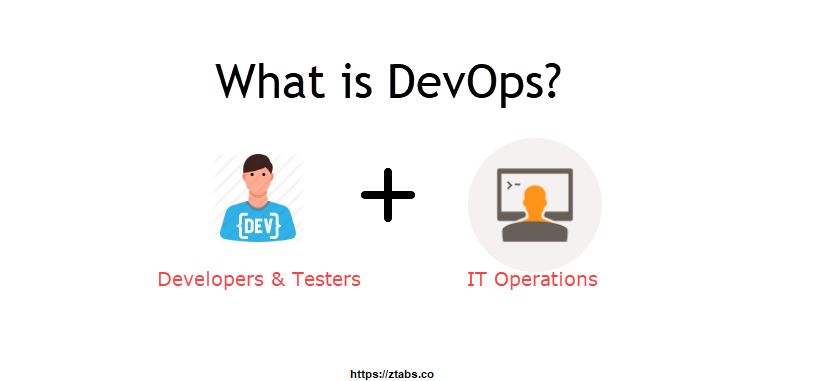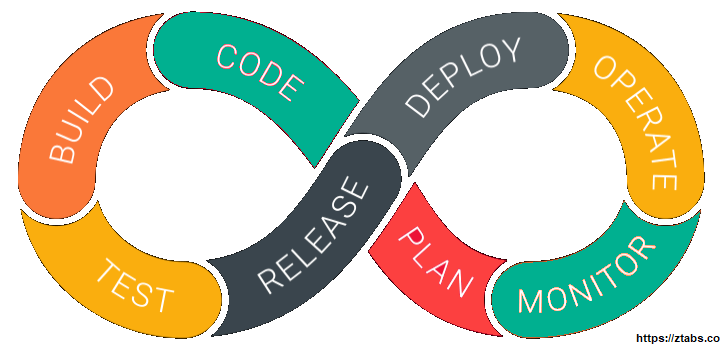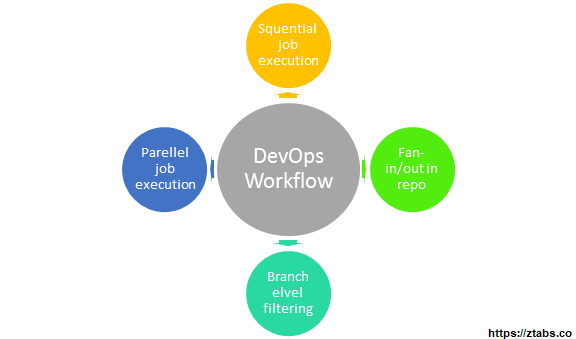If you are planning to learn about digital art or you are about to start your own digital arts business, then you should be looking for some genuine advice. This article will give you an overview of some of the best books for digital artists. You will find these books helpful for your career in digital arts.
Some of the best digital artist books are:
- Digital Painting Techniques: Practical Techniques Of Digital Art Masters
- Beginner’s Guide To Digital Painting In Procreate: How To Create Art On An iPad
- The Ultimate Concept Art Career Guide
- Sketching From The Imagination: Characters
- Pen And Ink Drawing: A Simple Guide By Alphonso Dunn
- Anatomy For 3D Artists: The Essential Guide For CG Professionals By Chris Legaspi
- Figure Drawing For Concept Artists By Kan Muftic
- Art Fundamentals 2nd Edition: Light, Shape, Color, Perspective, Depth, Composition & Anatomy
- Beginner’s Guide To Sketching: Robots, Vehicles & Sci-Fi Concepts
- Beginner’s Guide To ZBrush
Digital Painting Techniques: Practical Techniques Of Digital Art Masters
This book is the best source of tutorials and techniques about digital painting in the modern era. If you want your work to look more realistic, then this book is for you. You will find the best digital art and painting techniques here to give your work a touch of realism. The book highlights some fundamental techniques of digital painting through which you can easily learn advanced techniques later.
Beginner’s Guide To Digital Painting In Procreate: How To Create Art On An iPad
This book offers tutorials on how to create digital art using the software. Learning the art of using digital art software to create a masterpiece for yourself is very important. Renowned artists write the book of the digital field, where you will find complete guidance and advice about procreating digital art and how to use software for it.
The Ultimate Concept Art Career Guide
This book is written by industry professionals, which means they are highlighting the pros and cons of an art career for those who want to make their career in the art field. You will also find some best advice about how to make a career in art to earn a good amount, like some big brands.
Sketching From The Imagination: Characters
This book is a perfect guide for both digital and traditional artists. You will find the fundamentals of anatomy and character design. The book includes a variety of art styles to demonstrate to its readers. It is the best piece of writing for beginners.
Pen And Ink Drawing: A Simple Guide By Alphonso Dunn
This book includes learning techniques for both digital and traditional artists. It focuses on techniques like cross-hatching and sketching. This book is a perfect guide for you if you want to give a hand-drawn look to your digital art.
Anatomy For 3D Artists: The Essential Guide For CG Professionals By Chris Legaspi
An expert 3D artist writes the book. It includes the details of creating realistic and stylized 3D characters. Its main focus is on human sculpting and recreating human form in 3D. It is a perfect guide for traditional artists who know how to convert traditional art techniques to create digital forms.
Figure Drawing For Concept Artists By Kan Muftic
The book focuses more on master anatomy and perspective. It helps you to develop your proficiency in sketching. It includes tips for working with digital media as it offers figure drawing from the perspective of a concept artist.
Art Fundamentals 2nd Edition: Light, Shape, Color, Perspective, Depth, Composition & Anatomy
This book focuses on how to achieve realism in digital artwork. It includes instructions related to the composition and creation of an attractive art piece. You will find step-by-step tutorials for 3D art. It is the best starting guide for beginner artists who want to make their name in the field of digital arts.
Beginner’s Guide To Sketching: Robots, Vehicles & Sci-Fi Concepts
This will be a must-read for you if you want to learn about rendering realistic environments and aliens. It includes sketching instructions about backgrounds, objects, and other elements. It also explains how to sketch vehicles and other machinery. It will give a little spark to your digital artwork.
Beginner’s Guide To ZBrush
This book is a survival guide for digital artists who want to explore the 3D frontier. It focuses on CGI and game development. It is a complete guide for an application ZBrush and is helpful for both 2D and 3D artists. You will learn how to create digital art pieces using sculpting and drawing software. It is the best source of information for beginners.
Additionally, if you’re interested in further expanding your creative horizons, you might also find inspiration in the dynamic world of casino colombia, where innovation and entertainment intersect seamlessly.
Need a chatbot developed for your business? Contact us today, and we will take care of it:
Related Topic:











